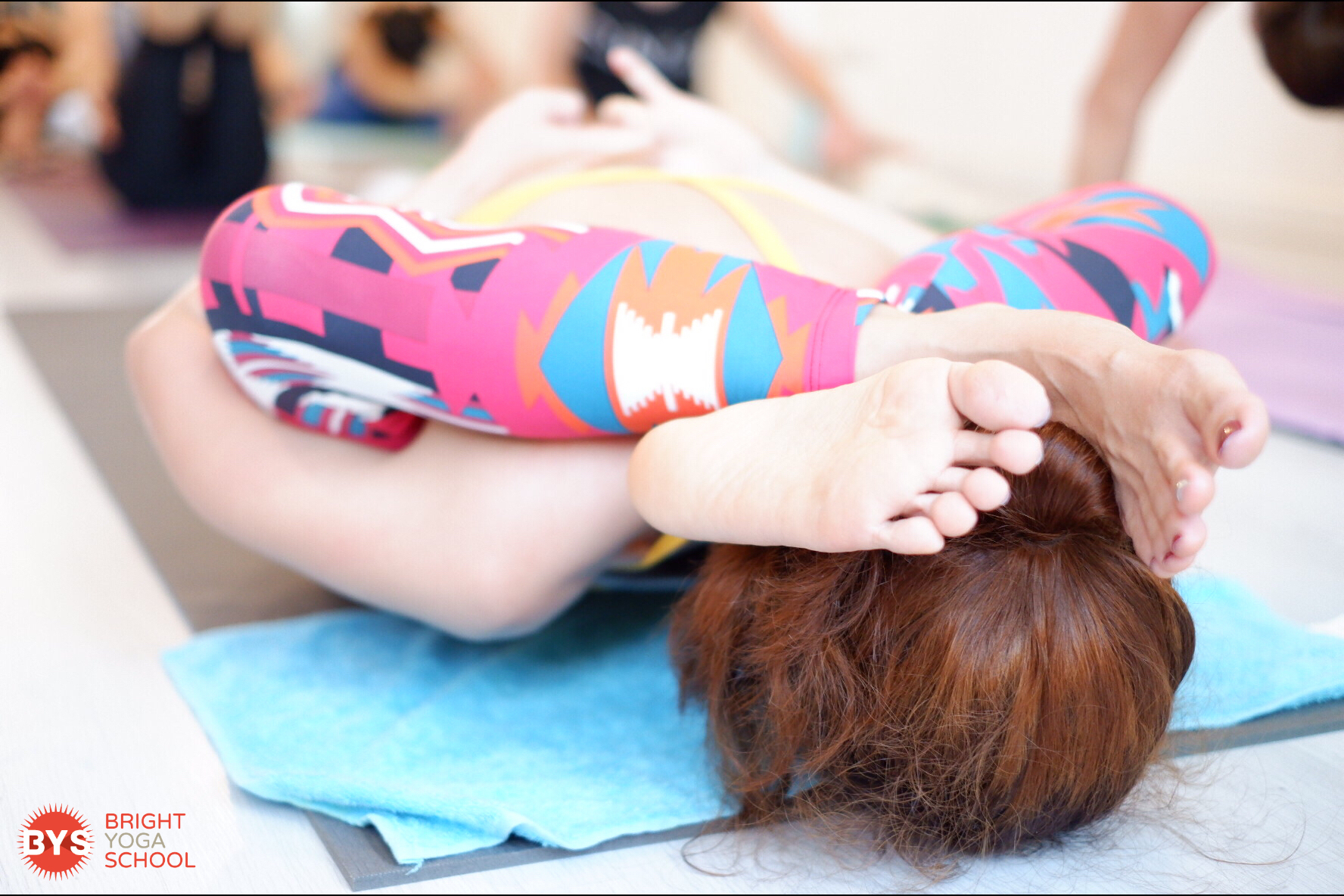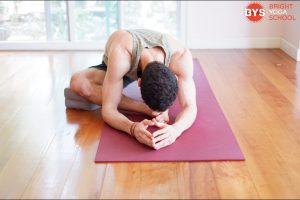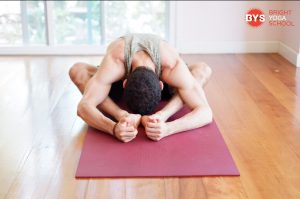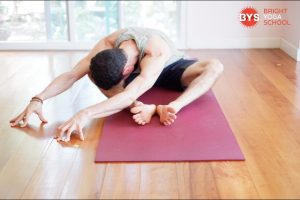Mobility and stability are essential aspects of being healthy; these two translate in more agility. A mobile body is going to facilitate the flow of energy and information through our nervous system. Live in a mobile body is like living in a house with plenty of space for you to move. Stability will prevent hypermobility in the joints; this will avoid overstretching in the tendons and ligaments, preventing injuries
In Ashtanga Vinyasa Yoga we aimed to bring stability and mobility into a balanced state when any of these two is overemphasize, imbalance in the body will happen, followed by tension, resulting in injure
Stability can also be understood as strength and mobility as flexibility. In a sequence like primary series, you will have the opportunity to strengthen the legs, increase mobility on the hips, and improve mobility and stability of the shoulders. When your legs are strong, hips and shoulders stable and mobile something interesting is going to happen on your body; your spine will feel more free and stable as well, a mobile spine will increase the overall freedom within the body, and it will increase the flow of energy and information through the nervous system
A healthy or free spine is critical for a healthy body, this can prevent and improve many physical problems that we hear today more often as a result of a sedentary lifestyle like sciatica pain, herniated disc, headache, fatigue, numbness in the limbs and many others
How is this possible?
Improve the mobility of the spine, is a byproduct of balance muscles in the front and back body, flexible hips, strong legs, and mobile shoulders, these will increase the movement between vertebrates due to a reduction of the pressure between these two bones, this translate as space, space that will facilitate flow of information through the nervous system and blood through the veins and vessels that run along the spine
Imagine the possibility to live in a body that is fully interconnected that can recover, and have the ability to communicate with you in a precise way as you live your life and move through the practice.
Fully connect with your body is something that everybody can achieve with practice
Be Patient with Yourself and Enjoy the Journey




